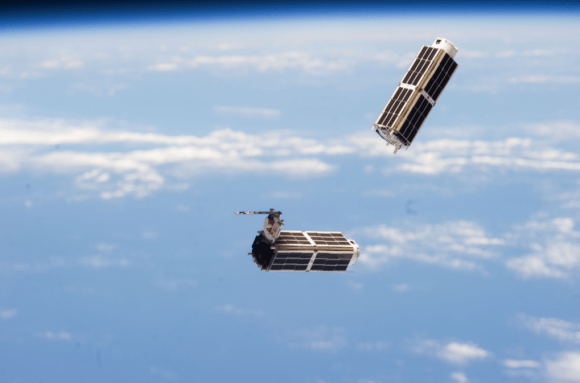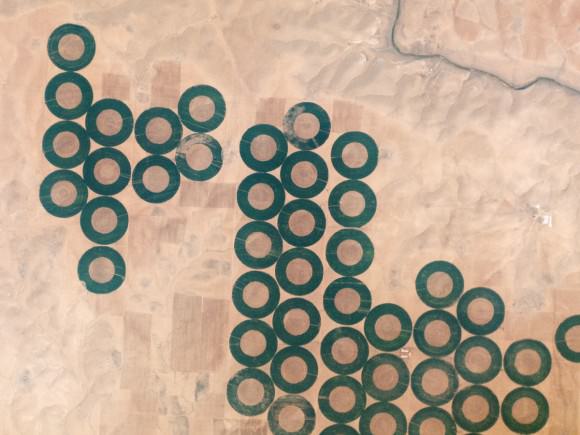The various companies that had stuff sitting on the failed Orbital Sciences Antares rocket launch last month are busy looking for alternatives. One example is Planet Labs, which is best known for deploying dozens of tiny satellites from the International Space Station this year.
The company lost 26 satellites in the explosion. But within nine days of the Oct. 28 event, Planet Labs had a partial backup plan — send two replacements last-minute on an upcoming SpaceX Falcon 9 launch.
In what Planet Labs’ Robbie Schingler calls “the future of aerospace”, almost immediately after the explosion Planet Labs began working with NanoRacks, which launches its satellites from the space station, to find a replacement flight. Half of Planet Labs’ employees began building satellites, while the other half began working through the regulations and logistics. They managed to squeeze two satellites last-minute on to the next SpaceX manifest, which is scheduled to launch in December.
“In space, each element is very difficult to get right by itself, and it takes an ecosystem to deliver a capability this quickly,” wrote Schingler, a president and co-founder of the company, in a blog post last week.

“Central to making this possible was developing our own custom design of the satellite that is free from specialty suppliers (thus decreasing lead time) and having a spacecraft design optimized for manufacturing and automated testing. Moreover, we certainly couldn’t have done it without the collaboration from NanoRacks and support from NASA, and we thank them for their support. This is a great example for how to create a resilient aerospace ecosystem.”
There’s no word on how they will replace the other satellites, nor how this will affect Planet Labs’ vision (explained in this March TED talk) to have these small sentinels frequently circling Earth to provide near-realtime information on what is happening with our planet. But the company acknowledged that space is hard and satellites do get lost from time to time.
The company has been testing hardware in space, Silicon Valley-style, and starting to sign partnerships with various entities who want access to the imagery. Check out some of the free stuff below.









Swords into plowshares.. How about using the old SR-71’s, with orbital booster(s) attached to launch Micro-sats? Get up to altitude and speed, pull it into a climb. At the apex launch the payload in the desired direction and angle and BANG five minutes later.. yer in orbit with a couple dozen nodes. Lets talk BIG radio telescope here…
Jeeze.. think about it like this. As the array of microsat antennae nodes deploys the ‘net’ widens, allowing longer and longer wavelengths to appear? Possibly enabling gravity wave detection?
Of course ultra long wavelength emissions penetrate everything.. right? High data transmission in the waveform wobbles? So you don’t have to create a gravity wave… only modulate it’s waveform?
Ho! Easier said than done… But I’ll bet it’s been done.. somewhere.
We’ve already learned (the hard way) that it’s not easy to launch off one of those…
http://en.wikipedia.org/wiki/Lockheed_D-21
Yeah… rocket science is a NO kidding engineering feat!
“using the old SR-71’s, with orbital booster(s) attached”
That’s a LOT of needless weight to boost up to 17,000 mph (orbital speed). Plus, the SR-71 is going to burn up during re-entry, because it doesn’t have the ability to withstand the re-entry heat, and never will. Might as well send the cubes up in something much lighter, designed for cheaper delivery. Piggybacking is an excellent way to go for the moment.
Your idea below about using White Knight 2 (3,4?) is a good one, providing it can carry a vehicle that can get the payload up to orbital speed rather than merely up to altitude, which it really hasn’t even achieved yet. That vehicle hasn’t been designed yet, but I hope they are working on it. It would be good for it to be re-entry heat protected, in order to further cut the cost.
White Knight IV?